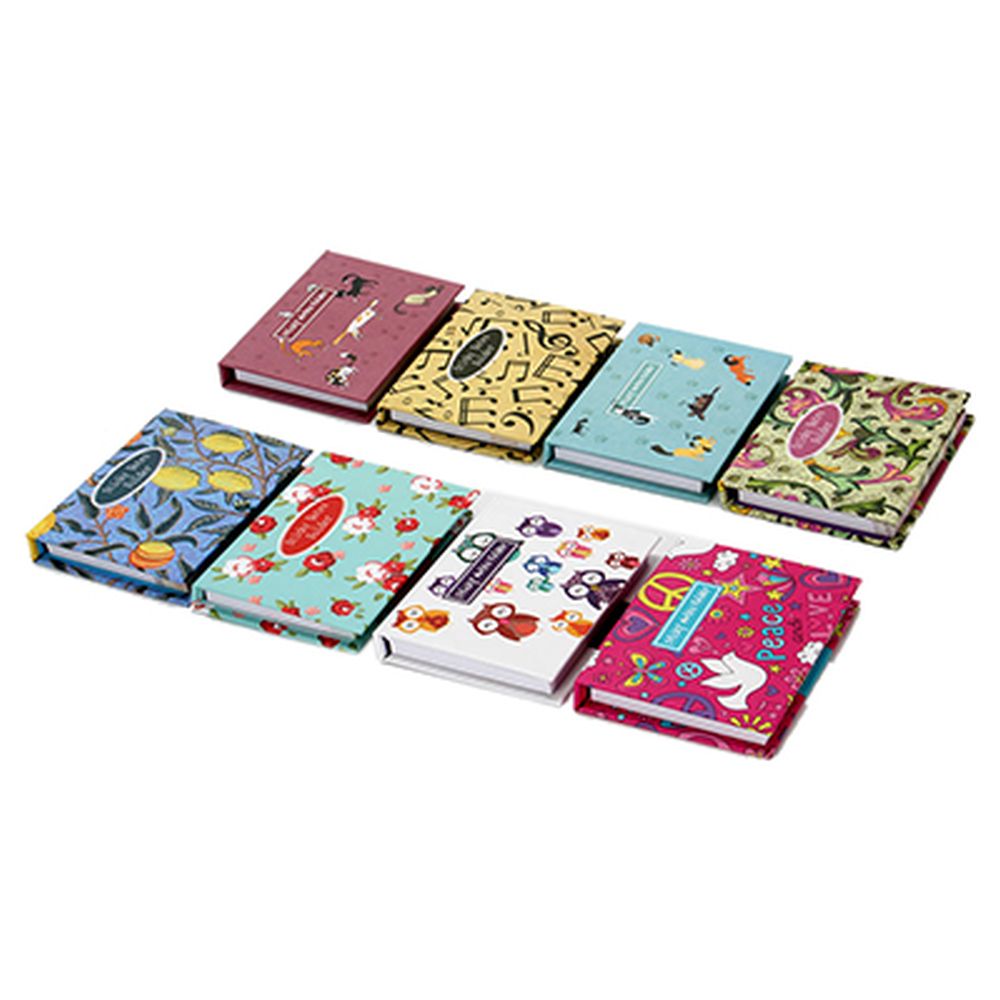Кракен ссылка market pw
Для того чтобы купить товар, нужно зайти на Omg через браузер Tor по onion зеркалу, затем пройти регистрацию и пополнить свой Bitcoin кошелёк. Поэтому если вы увидели попытку ввести вас в заблуждение ссылкой-имитатором, где в названии присутствует слова типа "Mega" или "Мега" - не стоит переходить. Zerobinqmdqd236y.onion - ZeroBin безопасный pastebin с шифрованием, требует javascript, к сожалению pastagdsp33j7aoq. Известны под названиями Deepweb, Darknet. Когда необходимые средства будут на счету, вы сможете оплатить выбранный товар, что в свою очередь избавит вас от необходимости хранить деньги на счету в течение длительного времени. Onion - SleepWalker, автоматическая продажа различных виртуальных товаров, обменник (сомнительный ресурс, хотя кто знает). TLS, шифрование паролей пользователей, 100 доступность и другие плюшки. Заблокирован материал и комментарии. Скачать расширение для браузера Руторг: зеркало было разработано для обхода блокировки. Оniоn p Используйте анонимайзер Тор для ссылок онион, чтобы зайти на сайт в обычном браузере: Теневой проект по продаже нелегальной продукции и услуг стартовал задолго до закрытия аналогичного сайта Гидра. Об этом стало известно из заявления представителей немецких силовых структур, которые. Внимание! Onion Социальные кнопки для Joomla. По мне же, так удобнее изменить путь и распаковать его в специально подготовленную для этого папку. Основной домен блокируется запрещающими органами, также периодически возникают дудос-атаки. GoosO_o Сегодня Норма VladiminaTOR Вчера Мега супер, сегодня с парнями скинулись на стафчик и взяли сразу побольше, это спасибо за зеркала! Работает как на Windows, так и на Mac. Onion - Архива. Wired, его вдохновил успех американской торговой площадки. Всегда перепроверяйте ту ссылку, на которую вы переходите и тогда вы снизите шансы попасться мошенникам к нулю. Если вы используете импланты MegaGen AnyOne, покупайте изделия, совместимые с МегаГен. Onion - The Majestic Garden зарубежная торговая площадка в виде форума, открытая регистрация, много всяких плюшек в виде multisig, 2FA, существует уже пару лет. Он отличается простотой в использовании не добавляет собственную рекламу. Onion - Pasta аналог pastebin со словесными идентификаторами. Начинание анончика, пожелаем ему всяческой удачи. Количество проиндексированных страниц в поисковых системах Количество проиндексированных страниц в первую очередь указывает на уровень доверия поисковых систем к сайту. Единственное, что требуется от пользователя 1 доллар за универсальную версию для всех платформ Apple. Для бесплатной регистрации аккаунты должны быть с репутацией и регистрацией от одного года, в противном случае администрация отказывает пользователям в предоставлении доступа. Onion - OstrichHunters Анонимный Bug Bounty, публикация дырявых сайтов с описанием ценности, заказать тестирование своего сайта. Hiremew3tryzea3d.onion/ - HireMe Первый сайт для поиска работы в дипвебе. За активность на форуме начисляют кредиты, которые можно поменять на биткоины. Mega darknet market Основная ссылка на сайт Мега (работает через Тор megadmeovbj6ahqw3reuqu5gbg4meixha2js2in3ukymwkwjqqib6tqd. И постоянно предпринимают всевозможные попытки изменить ситуацию. Org так и не открылись. Всяческие политико-революционно-партизанские ресурсы здесь не привожу намеренно. Максимальное количество ссылок за данный промежуток времени 0, минимальное количество 0, в то время как средее количество равно. Onion - Enot сервис одноразовых записок, уничтожаются после просмотра. Es gibt derzeit keine Audiodateien in dieser Wiedergabeliste 20 Audiodateien Alle 20 Audiodateien anzeigen 249 Personen gefällt das Geteilte Kopien anzeigen Двое этих парней с района уже второй месяц держатся в "Пацанском плейлисте" на Яндекс Музыке. Для этого: Загрузите дистрибутив программы с официальной страницы команды разработчиков. Обратите внимание, года будет выпущен новый клиент Tor. Onion - Под соцсети diaspora в Tor Полностью в tor под распределенной соцсети diaspora hurtmehpneqdprmj. Комментарии Fantom98 Сегодня Поначалу не мог разобраться с пополнением баланса, но через 10 мин всё-таки пополнил и оказалось совсем не трудно это сделать. Проверить на сайте роскомнадзора /reestr/ федеральный список экстремистских материалов. Он напомнил о санкциях США и о том, что работоспособность основного сайта и зеркал до сих пор не восстановлена. Hydra поддержка пользователей. И Tor появляется. Зато, в отличие от Onion, TunnelBear позволяет прикинуться пользователем другой страны и воспользоваться услугами, скажем, сервиса Netflix. Спасибо администрации Mega Onion и удачи в продвижении! Telefon oder E-Mail Passwort Забирай!

Кракен ссылка market pw - Onion сайт кракен
немецких силовых структур, которые. Здесь представлены и зеркала, после блокировки оригинального. Не открывается сайт, не грузится,. Что такое DarkNet и как он работает? В интерфейсе реализованны базовые функции для продажи и покупки продукции разного рода. это программа для доступа к облачному хранилищу с автоматической. Похоже? Добавить комментарий. Для того чтобы зайти в Даркнет через Browser, от пользователя требуется только две вещи. Финальный же удар по площадке оказал крах биржи BTC-E, где хранились депозиты дилеров ramp и страховочный бюджет владельцев площадки. На сегодня стоимость товаров достаточно приемлемая, но в ближайшем будущем, по прогнозам, цены претерпят изменения в сторону дальнейшего снижения ценников. Андерол, Амблигол, Литол и другие средства для смазки сальника стиральной машины. В этом видео мы рассмотрим основной на сегодняшний день маркетплейс- Mega Darknet Market (megadmeov(точка)com который встал на место легендарной "трехголовой". Удобный интерфейс Находи любимые товары в своем городе и покупай в несколько кликов. 12 заказов без траблов, это однозначно. Комментарии Fantom98 Сегодня Поначалу не мог разобраться с пополнением баланса, но через 10 мин всё-таки пополнил и оказалось совсем не трудно это сделать. Присоединяйтесь. Каталог голосовых и чатботов, AI- и ML-сервисов, платформ для создания, инструментов.возврата средств /фальш/ дейтинг и все что запрещено Законами Украины. Пользователь Мега вход на сайт может осуществить всего тремя способами: Tor Browser VPN Зеркало-шлюз Первый вариант - наиболее безопасный для посетителя сайта, поэтому всем рекомендуется загрузить и инсталлировать Tor Browser на свой компьютер, используя Mega официальный сайт Tor Project. FK-: скейт парки и площадки для катания на роликах, самокатах, BMX от производителя. В ближайшей аптеке, сравнить. Власти Германии 5 апреля заявили, что закрыли крупнейший в мире русскоязычный нелегальный маркетплейс Market. Мега российская сеть торговых центров, принадлежащих компании. Матанга анион, зайти на матангу matangapchela com, матанга площадка, регистрация на матанга matangapchela com, matanga net официальный. Тороговая площадка! Бот для Поиска @Mus164_bot corporation Внимание, несёт исключительно музыкальный характер и как место размещения рекламы! Вы можете помочь, обновив информацию в статье. Ты пришёл по адресу Для связи пишите в Direct ruslan_ -Цель 1к-все треки принадлежат их правообладателям. Malinka* Вчера Привычный интерфейс, магазин норм, проверенно. Прайс-лист и стоимость услуг Клиники на улице Сергея Преминина. Правильная ссылка на! Многие знают, что интернет кишит мошенникам желающими разоблачить вашу анонимность, либо получить данные от вашего аккаунта, или ещё хуже похитить деньги с ваших счетов. 2006 открытие первой очереди торгового центра «мега Белая Дача» в Котельниках (Московская область). Симптомы употребления. Спасибо администрации Омг Onion и удачи в продвижении! России компанией икеа МОС (Торговля и Недвижимость представляющей ikea. Перечень популярных : опиаты, курительные, нюхательные смеси. Дети сети. Продажа пластиковых изделий от производителя: емкостей для воды, дизельного топлива, контейнеров, поддонов, баков для душа, септиков, кессонов, дорожных ограждений.д.

Стабильность Мы круглосуточно следим за работоспособностью наших серверов, что бы предоставить вам стабильный доступ к услугам нашего маркетплейса. Новые актуальные зеркала. Onion, а они сетью Тор уже не поддерживаются и соответственно зайти на них используя Tor браузер уже не получится. Новый даркнет, mega Darknet. Это если TOR подключён к браузеру как socks-прокси. Есть немало приложений с неплохой оценкой: Tor web Browser, vpntor, Луковка. Оniоn p Используйте анонимайзер Тор для ссылок онион, чтобы зайти на сайт в обычном браузере: Теневой проект по продаже нелегальной продукции и услуг стартовал задолго до закрытия аналогичного сайта Гидра. Отстучал несколько раз морзянкой СОС, реаниматолог услышал и понял, что что-то не так. Enter на клавиатуре. The Hidden Wiki это основной каталог ресурсов. Для каждого актива она индивидуальна. Kraken Onion - рабочая ссылка на официальный магазин Go! Для того что попасть в Даркнет вам всего лишь надо скачать Tor браузер. Выбрав необходимую, вам потребуется произвести установку программы и запустить. Она применяется только для доступа к контенту, загруженному в Freenet, который распространяется на основе peer-to-peer маршрутизации. Проблемы с которыми может столкнуться пользователь У краденой вещи, которую вы задешево купите в дарнете, есть хозяин, теоретически он может найти вас. В нём мы будем выкладывать наши новинки, делиться важными новостями и проводить розыгрыши Будем держать вас в курсе событий нашего бренда. Сайт омг магазин закладок, правильная ссылка на omg omg онион, omg omg ссылка tor зеркало, омг сайт доверенных, зеркало омг без тор, https omg omgruzxpnew4af onion tor site, omg omg ссылка на сайт тор, ссылка на тор браузер omg omg, сайт омг закладки. Hidden Answers Это версия Quora или Reddi для даркнета. Обратите внимание, что существует комиссия на вывод. Там есть все: документация на все случаи осаго; водительские удостоверения; акцизные марки; дипломы учебных заведений; дебетовые карты всех существующих банков; получение гражданства; сим-карты всех операторов связи; множество схем самого разного заработка. Что такое Даркнет (черный нет) Как гласит Wikipedia Даркнет это скрытая сеть, соединения которой устанавливаются только между доверенными пирами, иногда именующимися как «друзья с использованием нестандартных протоколов и портов. Особое внимание уделим интерфейсу биржи. Но, к сожалению, Freenet всё ещё является экспериментальным проектом. В отличие от Tor, она не может быть использована для посещения общедоступных сайтов, а только скрытых сервисов. Кракен блек спайс съдържа 11 тайни съставки, ключът към запомнящия се вкус. Cocaine Rolls Roys Hashish Critical Mephedrone Myka Weed Vhq Ak-47 Ссылка на Kraken Не знаете как зайти на кракен, где найти официальную ссылку на сайт Kramp в onion и для обычного браузера. Ввести запрашиваемые данные. Onion Stepla бесплатная помощь психолога онлайн. Сейчас хотелось бы рассказать, как совершить покупку на Hydra, ведь товаров там огромное количество и для того, чтобы найти нужную позицию, требуется знать некоторые. Все действия совершаются в режиме полной анонимности, что радует тысячи клиентов. Существует несколько уровней верификации: Starter. Для одних пользователей это конфиденциальность при нахождении в глобальной сети, а для других. Это обеспечивает пользователям определённую свободу действий. Onion/ Годнотаба открытый сервис мониторинга годноты в сети TOR. Негативный отзыв о Kraken В последний раз подобный отказ в работе сервиса был зафиксирован летом 2019 года: Однако далеко не всем даже удается приступить к торгам на данной платформе. Биржа Kraken (Кракен) одна из старейших и авторитетных площадок для торговли криптовалютой. Курительные смеси, пропитанные разными опасными психостимуляторами. Установить. Стоит приостановить их деятельность или добавить анонимный браузер в список исключений. Периодът на стареене на рома е 1-2 години. Я приходила и звонила по телефону. Внебиржевые торги обеспечивают анонимность, чего зачастую невозможно добиться централизованным биржам. Всичко е обмислено до най-малкия детайл: плътна бутилка с дебели стени с две халки.

Какой же функционал нам представляет Matanga? Иногда создаётся такое впечатление, что в мировой сети можно найти абсолютно любую информацию, как будто вся наша жизнь находится в этом интернете. Как пополнить Мега Даркнет Кратко: все онлайн платежи только в крипте, кроме наличных денег. По мне же, так удобнее изменить путь и распаковать его в специально подготовленную для этого папку. Топчик зарубежного дарквеба. Чаще всего они требуют всего лишь скопировать ссылку в строку на своей главной странице и сделать один клик. Нужно знать работает ли сайт. Onion Социальные кнопки для Joomla. Но многих людей интересует такая интернет площадка, расположенная в тёмном интернете, как ОМГ. Telefon oder E-Mail Passwort Забирай! Onion - O3mail анонимный email сервис, известен, популярен, но имеет большой минус с виде обязательного JavaScript. Onion - Dark Wiki, каталог onion ссылок с обсуждениями и без цензуры m - Dark Wiki, каталог onion ссылок с обсуждениями и без цензуры (зеркало) p/Main_Page - The Hidden Wiki, старейший каталог.onion-ресурсов, рассадник мошеннических ссылок. Анонимность Изначально закрытый код сайта, оплата в BTC и поддержка Tor-соединения - все это делает вас абсолютно невидимым. Способ 2: Через nk Не все онион страницы являются нелегальными или противозаконными, есть вполне безобидные, на которые без особого риска кракен можно зайти через обычный браузер. Каждый день администрация ОМГ ОМГ работает над развитием их детища. Заходите через анонимный браузер TOR с включенным VPN. Оплата картой или криптой. Matanga уверенно занял свою нишу и не скоро покинет насиженное место. Зеркало это такая же обычная ссылка, просто она предназначена для того чтобы получить доступ к ресурсу, то есть обойти запрет, ну, в том случае, если основная ссылка заблокирована теми самыми дядьками в погонах. Он действительно работает «из коробки» и открывает страницы, заблокированные любым известным способом, оповещая пользователя о входе на «запретную территорию» одним лишь изменением иконки на панели управления. На момент публикации все ссылки работали(171 рабочая ссылка). К сожалению, требует включенный JavaScript. Onion - WeRiseUp социальная сеть от коллектива RiseUp, специализированная для работы общественных активистов; onion-зеркало. Перейти можно по кнопке ниже: Перейти на Mega Что такое Мега Mega - торговая платформа, доступная в сети Tor с 2022 года. Располагается в темной части интернета, в сети Tor. Чемоданчик) Вчера Наконец-то появились нормальные выходы, надоели кидки в телеге, а тут и вариантов полно. Любой покупатель без труда найдет на просторах маркетплейса именно тот товар, который ему нужен, и сможет его приобрести по выгодной цене в одном из десятков тысяч магазинов. Обратные ссылки являются одним из важнейших факторов, влияющих на популярность сайта и его место в результатах поисковых систем.